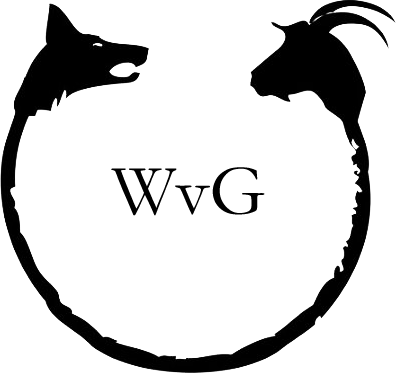Most men don’t give belts a lot of thought. You have a black belt and a brown belt (maybe just a double sided belt) and that’s it. While this approach might keep the size of your closet manageable, which is a laudable goal, it stops you from appreciating all the intricacies of a well-crafted belt, and the variety of belts that exist.
The most important component of a belt is what type of leather it’s made from. Belt leather can broadly be divided into two categories, corrected grain belts or full-grain leathers. Corrected grain leather is leather that, due to imperfections, fails to meet the standards for vegetable tanning. These imperfections are sanded off, and an artificially applied grain is applied. Corrected grain belts are usually lower priced, but can crack easily and may age poorly.
Higher quality belts are made from full-grain leathers. The specific type of leather you should look for depends on what purpose you want the belt to serve. For dress belts, look for supple calfskins (likely aniline tanned) similar to those found on a nice pair of dress shoes, and for more casual belts, look for bridle leather. Bridle leather, which gets its name from the types of leather originally manufactured for use in horse bridals (as opposed to harness or saddle leather, which have different qualities less suited to belts), is saturated with oils and waxes during the tanning processes, producing a flexible, weighty leather that’s water resistant and ages very well. Harness leather is also easy to maintain, requiring only the occasional conditioning to restore its original character. These advantages come at a cost: harness leather belts are more expensive than corrected grain belts.
The tanning process used to produce the leather is important too. At the high end, you have vegetable tanning, a tanning process in which natural vegetable byproducts – for example barks, wood, leaves or roots – are used to color and soften the leather. While vegetable tanning produces the richest and most vibrant colors, it’s less water resistant than other, artificial tanning processes, and requires more upkeep. Other dying techniques include chrome tanning (dyed with chromium), brain tanning (using animal brains) or synthetic tanning (using synthetic tannins and polymers).
Buckle shape and style is important too. For dressier belts, square or oblong buckles are appropriate, in either a bright silver or gold. For casual belts, buckles come in dozens of shapes. Some of the most common designs include garrison buckles, which are square, round buckles, where the belt fastens in the middle of the buckle, or roller buckles, which are square buckles with a rounded metal tube over the leading edge of the buckle, adding more heft. More exotic choices include quick release buckles – square buckles that are hinged on the bottom, allowing the belt to be undone without pulling the strap through the buckle – or pick and hoof buckles, which feature a metal pick (think prong) that fastens through leather loops along the strap. Material wise, brass, nickel, silver or even gold are great options.
Color is a personal choice. Browns and blacks are classic, but with casual belts two-tone, checkerboard or even natural (an undyed, tan-like color) works too.
Even if you never tuck in your shirt, it’s important that your belt is as high quality as the rest of your clothing. Just as with shoes, shirts and pants, not all belts are created equal, and it pays to know what constitutes a high quality belt, and what to look for when you’re belt shopping.



